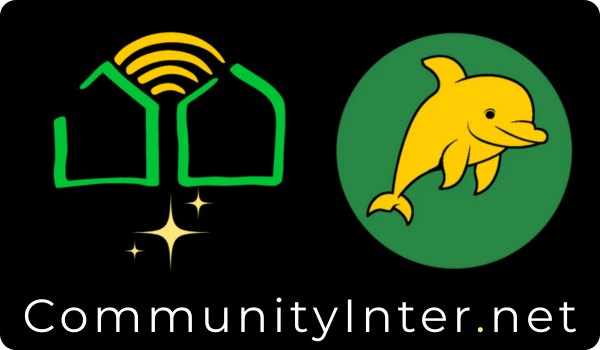Intermediate steps until fiber to the home can be funded for everyone

Planning fiber to the cabinet (FTTC) using a hub and spoke grid as an intermediate step towards achieving fiber to the home (FTTH) offers several advantages, especially in communities awaiting sufficient funds for complete FTTH deployment. This strategy is relevant for communities like Orangeburg, South Carolina, which, like many rural areas, faces challenges in securing comprehensive high-speed internet access due to the reluctance of commercial service providers to invest in less profitable rural infrastructures. Here are the key benefits of planning FTTC with the possibility of using copper or fixed point wireless for the final connection to homes:
- Cost-Effectiveness: FTTC is a more affordable option in the short term compared to FTTH. It allows communities to leverage existing copper lines for the last mile, significantly reducing the upfront costs associated with laying new fiber optics directly to each home.
- Improved Access and Speeds: Even though FTTC may not provide the same ultra-high speeds as FTTH, it significantly improves internet access and speeds for rural communities compared to traditional broadband solutions. This improvement is crucial for areas currently underserved or unserved by broadband, as it provides a necessary boost to economic development, education, and healthcare access.
- Scalable and Upgradeable: Planning for FTTC with a vision for future FTTH conversion makes the upgrade process more manageable and cost-effective. Once additional funds become available, the infrastructure laid for FTTC can be extended to homes, transitioning to a full FTTH network without starting from scratch.
- Increased Reliability: Compared to traditional DSL or cable, FTTC offers more reliable internet service with less susceptibility to interference and degradation over distance. This reliability is vital for rural communities’ connectivity needs, ensuring consistent access to digital resources.
- Economic and Social Benefits: Enhancing internet access through FTTC can have significant economic and social benefits for rural areas. It supports local businesses, facilitates remote education, and improves healthcare access through telemedicine. These improvements are essential for bridging the digital divide and fostering community development.
- Community Empowerment: Implementing FTTC empowers communities to take charge of their digital infrastructure. This approach aligns with broader efforts to ensure information equity and digital democracy, where all citizens have the opportunity to participate in the digital economy regardless of their geographic location.
In summary, while FTTC is an intermediate solution, it represents a critical step towards achieving equitable digital access. It balances cost, performance, and scalability, offering a practical path forward for communities like Orangeburg and similar rural areas striving to connect their residents to the digital world.






Responses